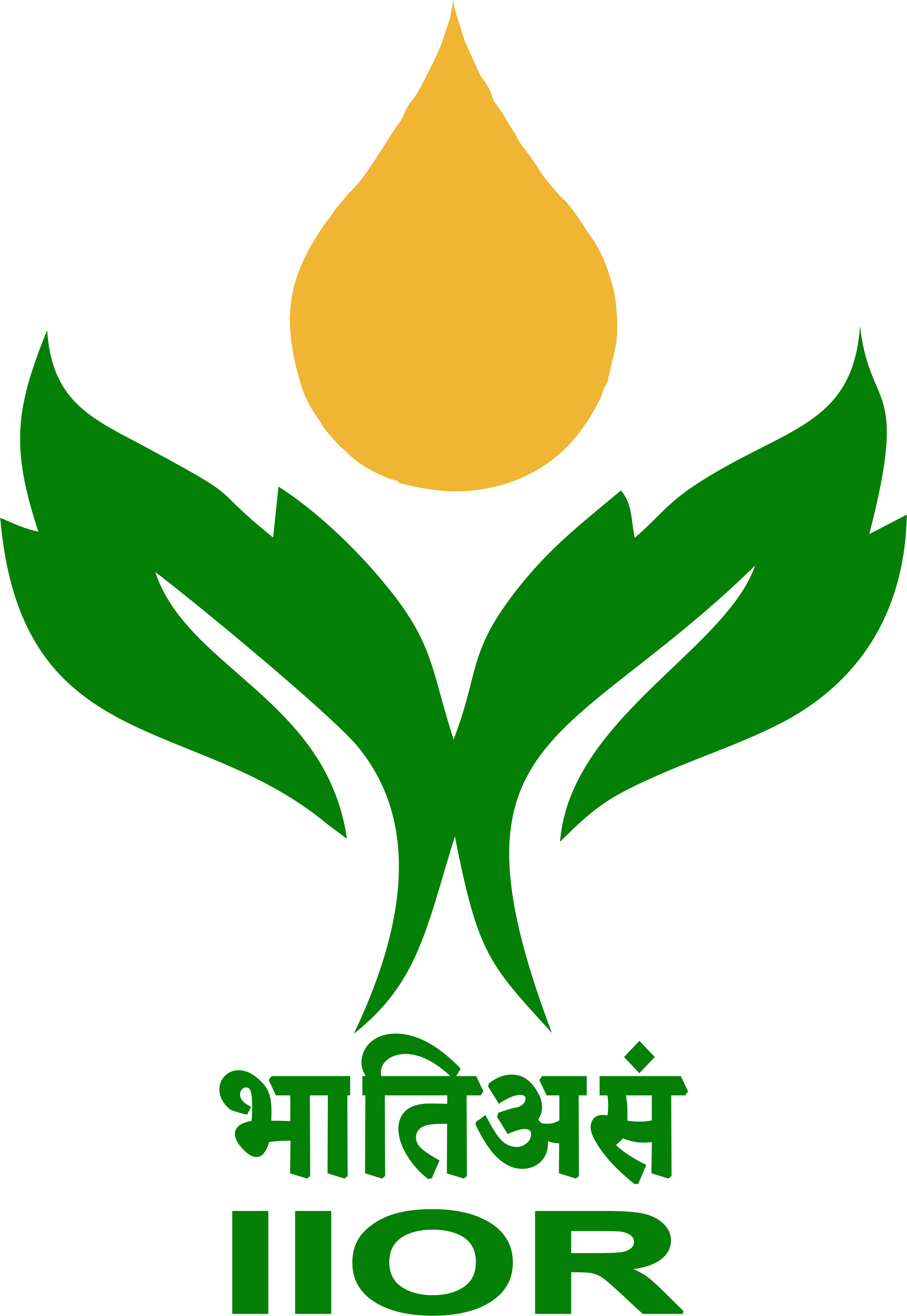Castor ( Ricinus communis L.) belonging to Euphorbiaceae family, is an important non edible industrial oil crop with 50-55% oil from seeds. Till date castor oil was mainly used for medical purpose and for industrial lubrication, but now oil and its derivatives are used for many purposes such as Polyamide 11 (Nylon 11) engineering plastic, coatings, aircraft lubricants, sealant, lubricating grease, plasticizer for coatings, inks, surfactants, plastic films, emulsifiers, components for shatterproof safety glass and encapsulants. World's average total production of castor seed is around 12.5 lakh tons with India producing around 8 lakh tons of castor seed and around 3 lakh tons of castor oil, contributing 65% of worlds' share. The demand for castor oil worldwide is rising constantly at 3-5% per annum. Its productivity throughout the world is limited by lack of male sterility for the production of hybrids and limited source of pistillate lines.
Basically, castor is monoecious with pistillate flowers on the upper part of the receme and staminate flowers on the lower part. However variants of monoecious are found with staminate interspersed all along the main axis of the receme. The proportion of pistillate and staminate flowers among recemes varies a great deal both within and among genotypes. It is also influenced considerably by environment. In simple terms, high number of pistillate flowers is directly correlated with higher potential of seed yield. It is the versatility of the predominant pistillate parent VP-1 which possesses both the systems of sex reversals and environmental sensitive gene for the expression of staminate flowers that has been exploited in hybrid seed production in castor.


